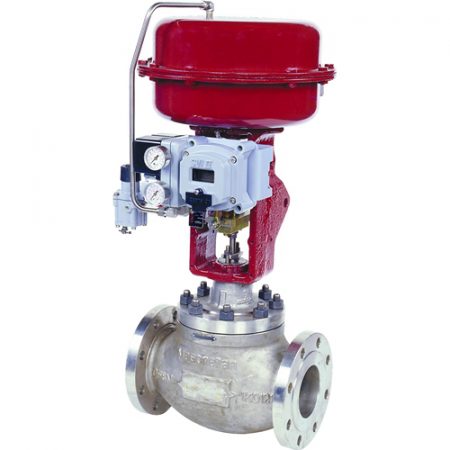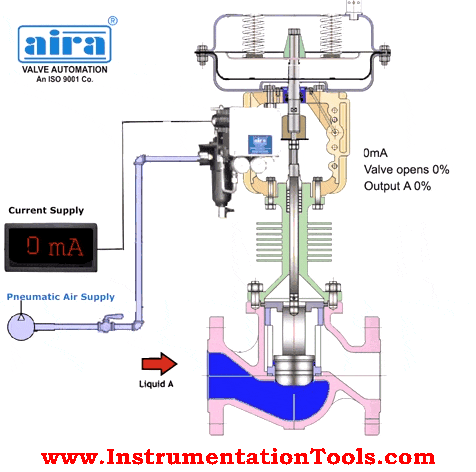The Role of Control Valves in Liquid Circulation Management Equipment
The Role of Control Valves in Liquid Circulation Management Equipment
Blog Article
Achieve Seamless Integration and Control With High Quality Structure Automation Controls
In the realm of modern-day structure management, the importance of quality building automation controls can not be overstated. As modern technology proceeds to advancement, the integration and control of different systems within a structure have developed to be a lot more effective and sophisticated. The seamless procedure and tracking of illumination, HEATING AND COOLING, protection, and various other structure features have actually ended up being paramount for improving owner convenience, power effectiveness, and overall operational efficiency. Nevertheless, the journey in the direction of attaining true combination and control is a multifaceted one, with factors to consider ranging from system compatibility to cybersecurity. Welcoming quality structure automation controls is not simply an issue of ease however a strategic imperative for companies aiming to enhance their facilities' performance and sustainability.

Advancement of Building Automation Controls
Throughout the past few decades, the development of developing automation controls has substantially changed the method structures are managed and operated. Developing automation systems largely focused on fundamental features such as regulating air, air flow, and home heating conditioning (COOLING AND HEATING) systems. Nevertheless, as innovation advanced, these controls have actually become much more innovative, enabling a wider variety of structure systems to be integrated and handled centrally.
The advancement of building automation controls has seen a change in the direction of more intelligent systems that can adapt to changing problems in real-time. This versatility is essential for maximizing power effectiveness and making certain passenger convenience. In addition, modern-day structure automation controls now offer functions such as predictive maintenance, remote surveillance, and data analytics, enabling center managers to make data-driven decisions to improve structure efficiency.

Benefits of Top Quality Combination
The advancement in building automation regulates towards even more intelligent systems has actually underscored the considerable benefits of top quality integration in maximizing building procedures and improving general efficiency. Quality assimilation of developing automation controls provides a number of vital benefits. It leads to boosted energy effectiveness by permitting different systems to work with each other seamlessly, making certain optimal efficiency and lowering energy wastefulness. Secondly, high quality integration improves passenger comfort and efficiency by allowing customized control over ecological settings like temperature, air, and lights quality. This personalization can bring about a much more conducive and comfortable working or living setting. Furthermore, high quality assimilation simplifies maintenance and fixing procedures, as all systems are adjoined and can be monitored and regulated from a central interface. This centralized control additionally supplies far better presence and insights into structure performance, enabling aggressive maintenance and optimization approaches. Generally, the advantages of quality assimilation in structure automation controls are indisputable, supplying boosted performance, convenience, and functional performance.
Enhanced Customer Experience and Accessibility
Enhancing customer interaction with building automation controls with user-friendly design and boosted accessibility raises the overall experience for residents and facility supervisors alike. By focusing on user experience, developing automation systems can end up being extra reliable and straightforward. Instinctive user interfaces, discover here clear navigation, and personalized setups encourage individuals to communicate with the controls quickly and properly.
Availability functions play an essential duty in making certain that all people, consisting of those with handicaps, can make use of the building automation manages easily. Incorporating attributes such as voice commands, responsive buttons, and color-contrasted displays can boost accessibility and make the controls extra inclusive.
Furthermore, improved customer experience brings about higher individual contentment, boosted efficiency, and much better decision-making. Owners can adjust ecological settings according to their choices, while center supervisors can efficiently handle and keep an eye on structure systems - control valves. On the whole, focusing on individual experience and accessibility in building automation controls contributes to a much more effective and smooth building atmosphere for all stakeholders entailed
Sustainable Practices Through Automation

In addition, automation can promote the assimilation of renewable energy resources such as solar panels or wind turbines into structure procedures. Via automation, buildings can align with modern-day sustainability goals and add to a greener future.
Future Trends in Building Control Equipment
In expectancy of progressing technologies and progressing sustainability methods, the trajectory of building control systems is poised to embrace transformative approaches and innovative remedies. One prominent fad shaping the future of structure control systems is the increased integration of Artificial Intelligence (AI) and artificial intelligence. These technologies allow buildings to adjust in real-time to transforming problems, optimizing energy intake and improving comfort for passengers. Additionally, the Internet of Things (IoT) is transforming building control systems by attaching devices and sensing units to enhance and enhance procedures effectiveness.
An additional crucial pattern is the focus on cybersecurity actions to secure against possible risks to constructing automation systems. As buildings end up being a lot more interconnected, making sure robust cybersecurity methods will be vital to protect delicate information and avoid unapproved access.
Furthermore, the shift towards cloud-based systems is acquiring energy, enabling centralized control and remote accessibility to structure systems. This promotes less complicated monitoring, maintenance, and updates, enhancing the general efficiency and adaptability of building control systems. As modern technology remains to advance, these trends are anticipated to form the future landscape of structure automation controls, driving advancement and sustainability in the built setting.
Final Thought
Future patterns in building control systems are likely to concentrate on further enhancing automation capacities for improved energy efficiency and overall efficiency. It is important for building owners and operators to prioritize the fostering of quality building automation controls to enhance structure procedures and attain long-lasting sustainability objectives.
In the realm of modern-day building management, the relevance of quality structure automation controls can not be overemphasized. Overall, the evolution of building automation manages proceeds to drive advancement in the structure management sector, using brand-new possibilities for producing smarter and a lot more sustainable buildings.
The look at here now innovation in building automation manages towards more intelligent systems has actually highlighted the significant advantages of quality combination in enhancing building procedures and enhancing total effectiveness. On the whole, focusing on individual experience and ease of access in structure automation manages adds to an extra smooth and efficient building environment for all stakeholders included.
It is important for structure owners and operators to focus on the fostering of top quality building automation regulates to enhance structure procedures and accomplish lasting sustainability objectives. - control valves
Report this page